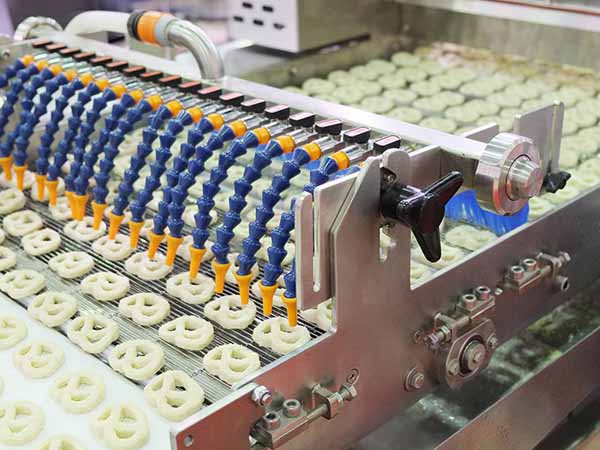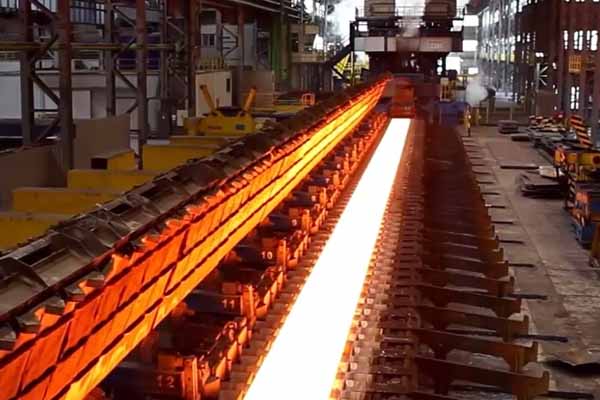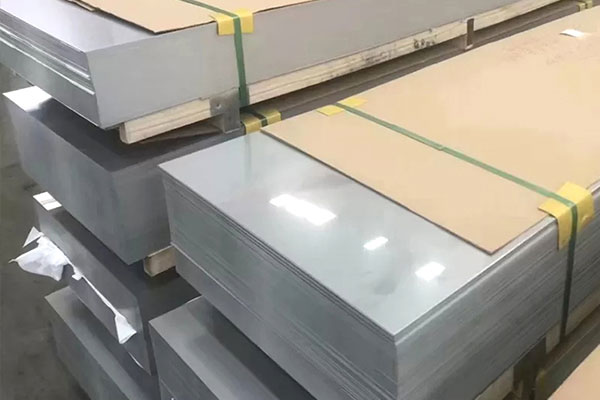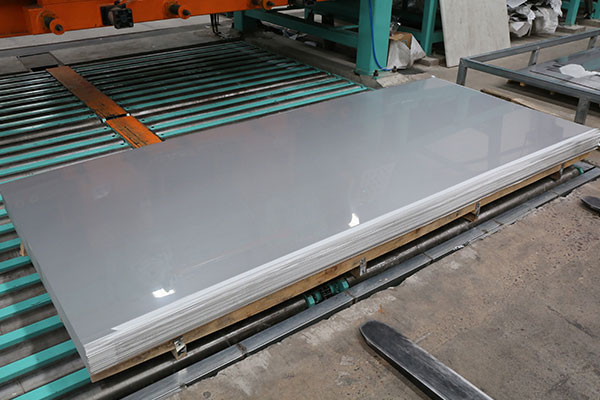How Does 316L Plate Ensure Food Processing Compliance?
Date:2025-03-04View:980Tags:Ronsco, 316L Stainless Steel, 316L Plate
In the food processing industry, ensuring compliance with stringent hygiene and safety standards is paramount. 316L stainless steel plate has emerged as a preferred material for food processing equipment due to its exceptional corrosion resistance, ease of cleaning, and ability to meet international regulatory requirements. This article explores how 316L stainless steel plate ensures food processing compliance, making it an ideal choice for manufacturers.

Superior Corrosion Resistance: One of the key reasons 316L stainless steel is widely used in food processing is its superior corrosion resistance. The addition of molybdenum in its composition significantly enhances its ability to resist pitting and crevice corrosion, especially in environments with high chloride content. This is crucial for food processing applications where exposure to acidic or saline substances is common. The corrosion-resistant properties of 316L ensure that the material maintains its integrity over time, preventing the release of harmful substances into food products.
Compliance with International Standards: 316L stainless plate meets or exceeds the requirements of major international food safety standards. It is approved by regulatory bodies such as the U.S. Food and Drug Administration (FDA) and complies with EU regulations (EC) No 1935/2004. These certifications ensure that the material is safe for direct contact with food, maintaining hygiene and preventing contamination. The non-porous surface of 316L stainless steel further enhances its suitability for food processing, as it prevents bacterial growth and facilitates thorough cleaning.
Bacterial Growth Prevention: The inherent antimicrobial properties of 316L stainless steel contribute to its effectiveness in preventing bacterial contamination. Research indicates that the chromium-rich passive layer on the surface of 316L stainless steel creates an inhospitable environment for microbial growth. This passive layer not only prevents corrosion but also inhibits the adhesion and colonization of bacteria, ensuring that food processing equipment remains hygienic even in demanding environments.
Ease of Cleaning and Maintenance: The smooth surface of 316L plate makes it highly resistant to bacterial colonization and easy to clean. This is particularly important in food processing facilities where regular and thorough cleaning is essential to prevent contamination. The material's durability and resistance to wear also mean that it can withstand aggressive cleaning chemicals and high-pressure washing without degrading. This ensures that food processing equipment remains in optimal condition, reducing the risk of contamination and maintaining food safety standards.
Long-Term Durability and Cost-Effectiveness: While the initial cost of 316L stainless steel may be higher compared to other materials, its long-term durability and low maintenance requirements make it a cost-effective choice for food processing applications. The material's resistance to corrosion and wear means that it has a longer service life, reducing the need for frequent replacements. This not only saves on material costs but also minimizes downtime and maintenance efforts, ultimately contributing to operational efficiency.
Conclusion: 316L stainless steel plate is a vital material for food processing applications due to its superior corrosion resistance, antimicrobial properties, and compliance with international food safety standards. Its ability to prevent bacterial growth, combined with its ease of cleaning and long-term durability, makes it an ideal choice for manufacturers looking to ensure food safety and hygiene. By choosing 316L stainless steel, food processing facilities can meet regulatory requirements while maintaining high standards of cleanliness and operational efficiency
 English
English Русский
Русский








